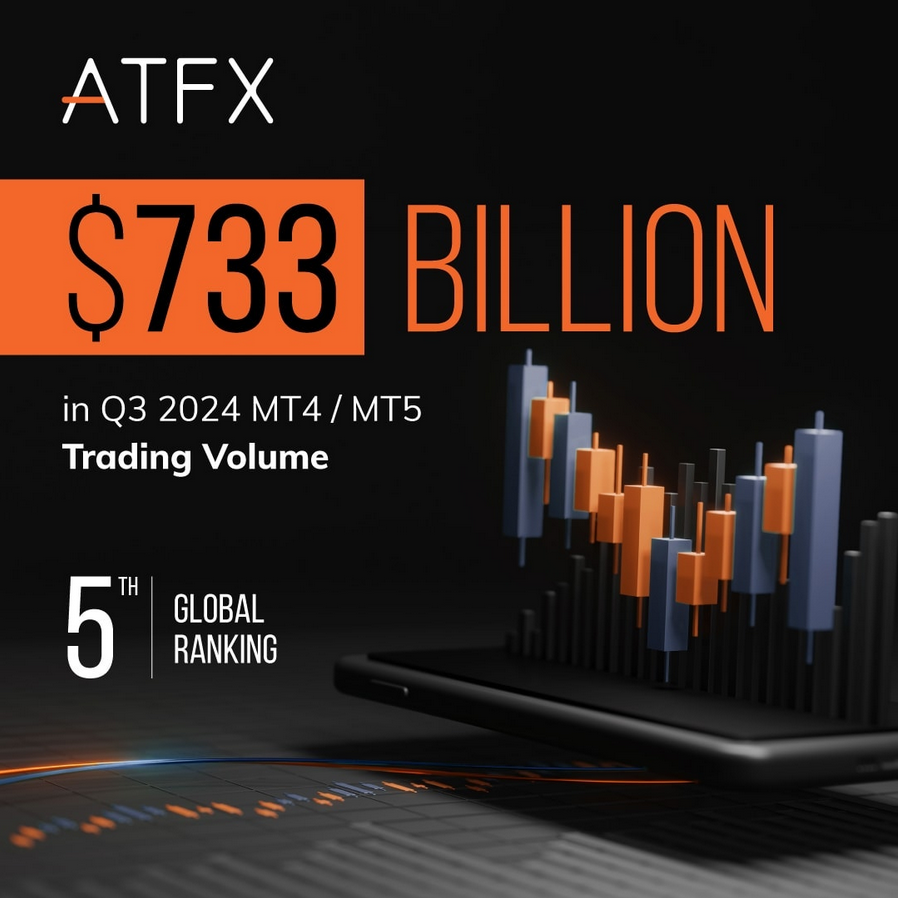This week, the US markets are set for an intense period, driven by the convergence of two major events: the US election and a Federal Reserve meeting. These events are expected to shape market sentiment, potentially inducing high volatility with lasting effects on prices well beyond Friday. Investors and analysts alike are braced for a turbulent week, with sharp movements anticipated as major decisions unfold. Here’s a detailed breakdown of key events by day:
Monday, November 4:
- Expected tier 3 data releases across all trading sessions.
- Japanese markets closed, possibly affecting liquidity.
- Key Focus:
- Reserve Bank of Australia’s rate decision, with expectations for no change.
- Early focus on Australian markets before shifting quickly to the US election updates.
Tuesday, November 5:
- Primary Focus: US Election Day.
- Early voting results anticipated to dominate market attention.
- Other Data:
- ISM Services PMI in the US, though likely to be secondary to election developments.
Wednesday, November 6:
- Asian session response to initial US election outcomes.
- Key Data:
- New Zealand employment figures, though market focus will likely remain on election results.
- Second-tier releases during London and New York sessions:
- UK Construction PMI.
- US Final Services PMI.
- Canadian Ivey PMI.
- Expectation for geopolitics to significantly impact market trends.
Thursday, November 7:
- Central Bank Focus:
- Bank of England and Federal Reserve rate announcements, both anticipated to implement a 25 basis point cut.
- Volatility expected around these announcements, though the US election results may continue to drive market sentiment.
Friday, November 8:
- Quieter event calendar, but potential for lingering volatility.
- Key Focus:
- Canada’s latest employment data at the New York open.
- US Preliminary University of Michigan consumer sentiment figures.
- Over the weekend, attention shifts to China’s upcoming inflation data.
With such a packed week, markets are prepared for substantial movements. Investors will need to stay vigilant as election results, central bank decisions, and key economic indicators collide.









